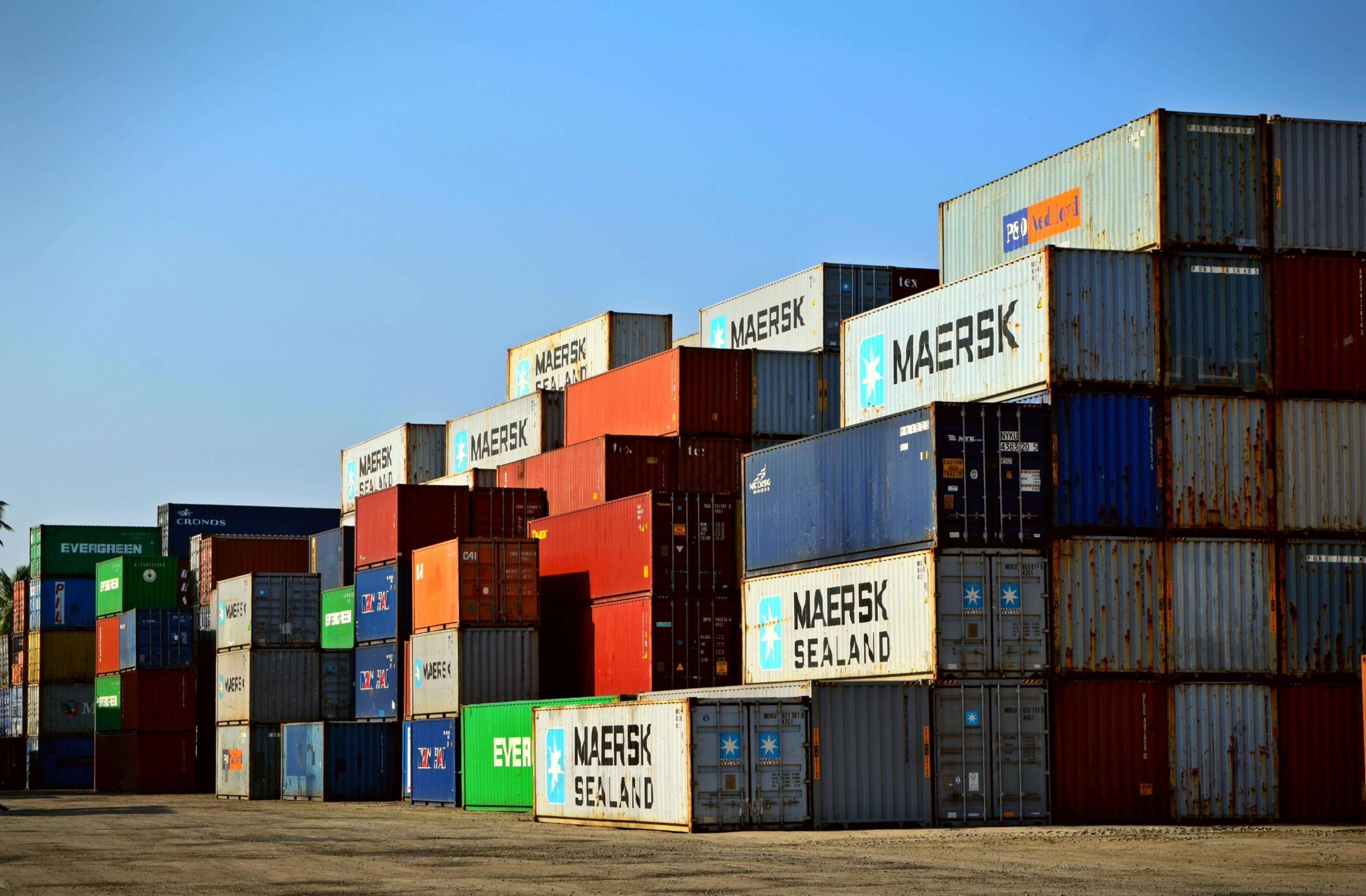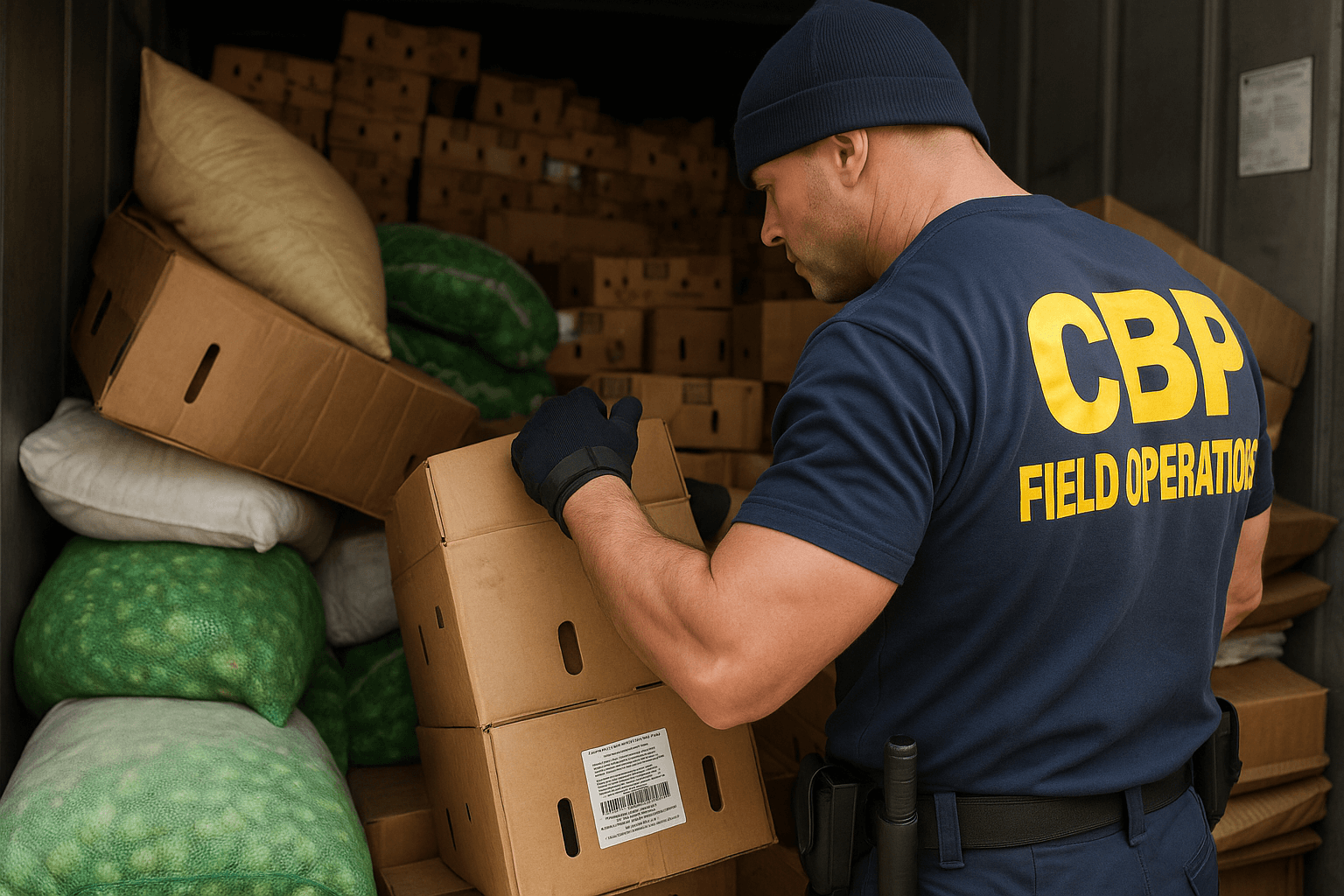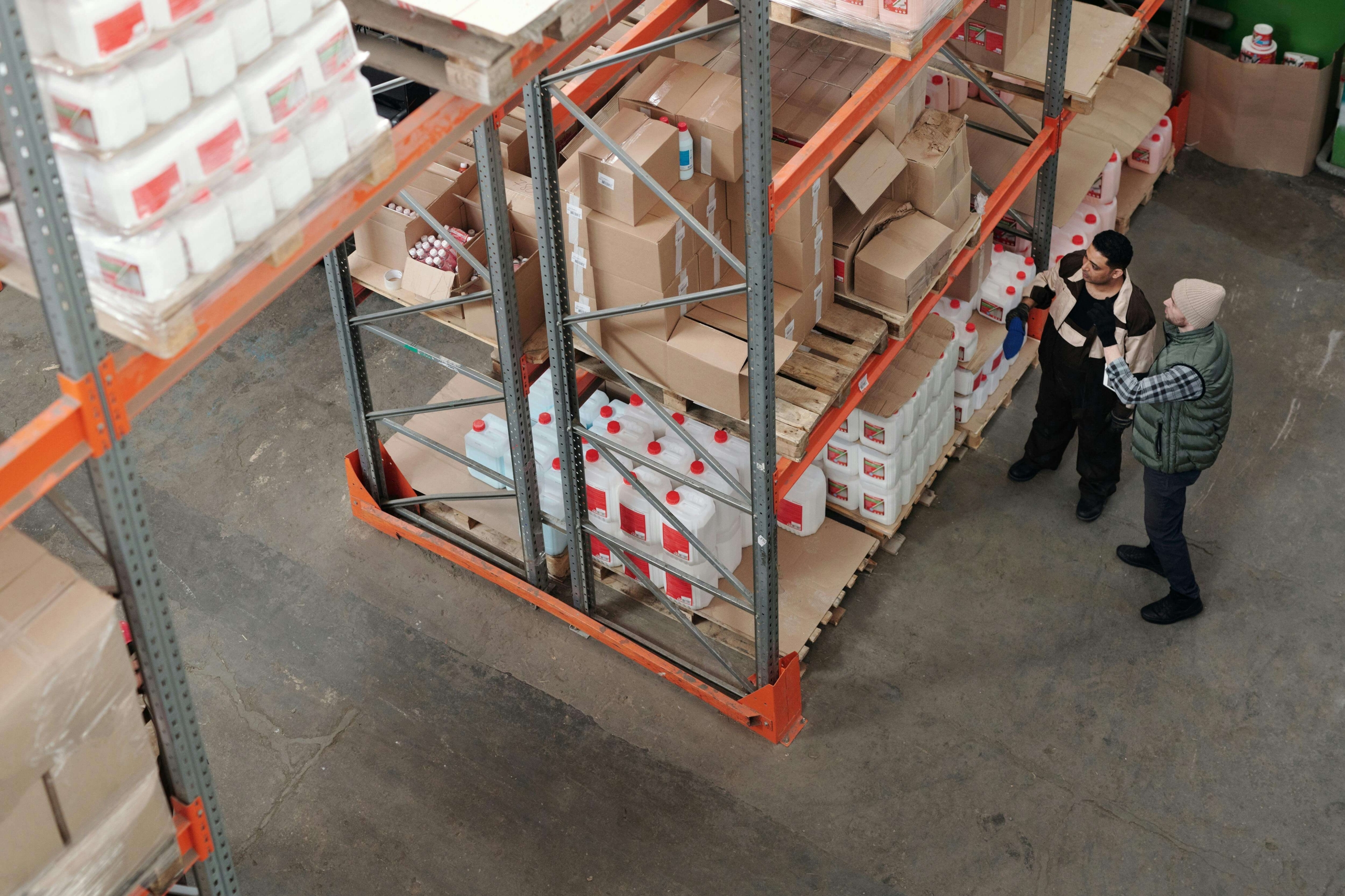Cross-Border Returns, Tariffs, & Rising Costs: What to Know & Do

Tariffs are taxes placed on goods when they cross a border. Cross-border returns happen when those goods are returned to their origin country. Together, these two factors can complicate logistics and raise costs.
Recent changes in trade policy, like Executive Order 14289, have reshaped how returns work. One major change is the removal of tariff stacking, which has impacted how businesses handle both importing goods and managing returns.
This article will explain how tariffs affect return shipping costs, cover customs clearance delays and duty drawback programs, and discuss how your business can remain efficient and cost-effective despite rising fees.
The Impact of Tariffs on Cross-Border Returns
The impact of tariffs on cross-border returns goes beyond just added fees. They create uncertainty, increase operational costs, and complicate logistics planning. Let’s explore how these costs build up and hurt profitability.
How Can Tariffs Increase Return Shipping Costs
Tariffs can double the pain of returns. Businesses often pay re-import duties on returning items, plus brokerage and fuel surcharges. These extra costs hit reverse logistics especially hard.
Tariff reverse logistics also suffers from unpredictability. Retaliatory tariffs and sudden policy changes make planning or budgeting for returns tough.
Between Q4 2023 and Q1 2024, logistics costs jumped 13%. That increase followed a 6.9% rate hike from major carriers. For any business handling frequent returns, that’s a sharp rise in overhead.
Tariff Effects on Business Profitability & Customer Experience
Tariffs put pressure on profit margins. Many businesses now pass that cost to customers. Over 63% of merchants charge for returns, up more than 20% from past years, as tariff and shipping costs make free returns harder to afford.
These added fees hurt margins and frustrate customers. Delayed returns and surprise charges can cause churn and lost loyalty.
Unclear return costs affect customers’ trust in your business. Tariff forward logistics must be planned with the customer in mind, or brands risk losing repeat buyers. Even Wall Street feels the pinch. Each 5% tariff hike could cut S&P 500 earnings by up to 2%.
| Want to improve loyalty despite rising costs? See our article, How Reverse Logistics Can Build Customer Loyalty. |
Customs Clearance Challenges Amidst Tariffs
Customs clearance gets more complicated when tariffs are involved. Different countries apply different rules, which can slow returns down and create more costs. Understanding those regional differences is key to avoiding surprises at the border.

Different Clearance Rules by Region
Customs clearance rules vary widely across regions. In North America, forms and declarations are often digital. Europe uses strict documentation and classification standards. Meanwhile, Asia’s customs can involve more hands-on inspections and localized protocols.
Mistakes in tariff codes or product classifications can trigger reclassification reviews, fines, or even rejections. These risks rise when dealing with multiple borders and categories.
HS codes and accurate declarations are essential. A small error can mean big delays and costs. Training teams to get classifications right helps protect against compliance issues.
Bottlenecks at Border Points: Time & Cost
Congestion at borders slows down returns. Trucks may wait hours or even days due to processing delays, inspections, or missing documents. Each delay adds labor and storage costs, eating into already tight margins.
On average, border-related delays can stretch return cycles by 2 to 5 days. That extra time raises shipping fees and reduces inventory turnover.
Random inspections and outdated paperwork can also hinder the process. They create more stops and more waiting. The evolving nature of tariffs only adds to the unpredictability, making it harder to manage returns consistently.
| What is a tariff in LTL shipping? In less-than-truckload (LTL) shipping, a tariff outlines rates, charges, and rules. The cost to move even partial loads across borders can change when tariffs change. |
Duty Drawbacks: What They Are & How to Use Them
Duty drawbacks are refunds on specific duties, taxes, and fees paid on imported goods that are later exported or returned. You may qualify for one if your business ships products internationally and handles returns.
There are three main programs:
- Manufacturing drawback: When goods are imported, processed, then exported.
- Unused merchandise drawback: For items returned without being used.
- Rejected merchandise drawback: For goods that arrive damaged or don’t meet specifications.
| Need to make the most of returned inventory? See our article, Inventory Recovery: 10 Steps to Properly Recover Assets. |
To file a claim, follow these steps:
- Collect all shipping and import documents.
- Provide proof of export within the required time frame.
- Submit classification data and any supporting records.
- File with U.S. Customs before deadlines expire.
Getting HS codes right is critical. Mistakes in classification or recordkeeping can delay or disqualify your claim. Keep your process organized to avoid common errors.
Timing is everything. Late submissions or improper classifications can block eligibility under programs like HTSUS Subheading 9801.00.10, which allows duty recovery on returned U.S. and foreign goods.
| What is the difference between a trade duty and a tariff? A tariff is a specific type of trade duty applied to imported goods. Trade duties may include tariffs, fees, or taxes that governments charge at the border. |
How to Manage Cross-Border Returns During Tariffs
Cross-border returns get harder when tariffs raise costs and cause delays. The right tools can help you stay organized and avoid mistakes. Here are some ways to make returns easier and cheaper.
Use a Centralized Returns Management System
A centralized system keeps all return information in one place. This helps you track shipments, spot problems, and make quick decisions.
Some platforms also connect with customs systems. They can fill out forms, check codes, and flag issues before they cause delays. Reverselogix, for example, includes tools that handle returns under tariff rules.
Using one system for tariff reverse logistics saves time and ensures accuracy. It also helps you see where your money goes and what slows you down.

Handle Special Shipments with Labeling and Packaging Strategy
Some returns need extra care. Items that are hazardous, high in value, or taxed at higher rates must be marked. Use specific labels and clear packaging to help them move through customs faster.
Each package needs the right paperwork, including proper classification, HS codes, and customs forms. Getting these details right keeps the process moving and avoids extra fees.
Clear labels, digital barcodes, and multi-language tags help customs officers process returns faster. Electronic Data Interchange (EDI) and pre-clearance tools can also speed up the flow.
This kind of planning is key to tariff-forward logistics and quicker customs clearance.
Partner with Localized 3PL & Customs Brokers
Local partners know the rules. A good 3PL or customs broker understands the laws in their region. They can help you avoid mistakes and extra costs.
These partners also help manage tariff reverse logistics. When paired with a platform like Reverselogix, they can feed data into one system for easy tracking. That means faster returns, better reports, and fewer surprises.
| Need help finding the right logistics partner? See our article, How to Choose a 3PL Provider. |
Stay Ahead of Tariff Compliance & Documentation
Use tools that automate HS classification and trade compliance to avoid mistakes. These tools catch errors early and help you follow the rules.
Make sure your team knows the latest procedures. Regular training and clear standard operating procedures (SOPs) reduce mistakes. Missing codes, wrong product descriptions, and outdated forms are common problems. Fix these with checklists and simple workflows.
It may help to hire a consultant or train an in-house expert for complex returns. This extra support can protect you during audits, disputes, or sudden rule changes.
